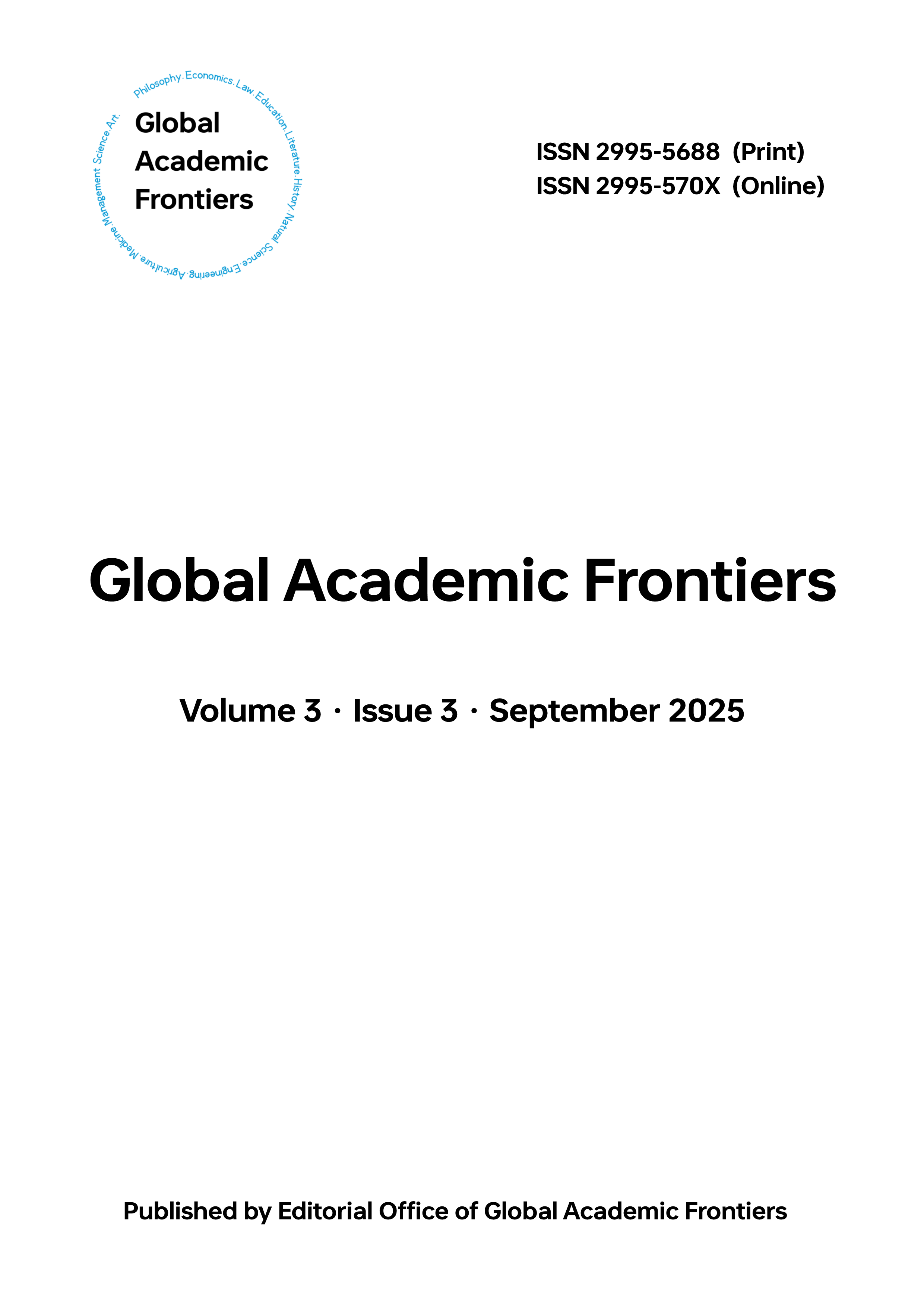Understanding Wage Disparities Through Educational Attainment
DOI:
https://doi.org/10.5281/zenodo.17018216Keywords:
Education, Wage Disparity, Instrumental Variables, American Community Survey, Labor EconomicsAbstract
This paper investigates the causal effect of education on wages using data from the 2018 American Community Survey (ACS) accessed through IPUMS. Our paper tests the causal effect of educational attainment on wages using individual-level data by using quarter of birth as an instrumental variable for education. We hypothesize that higher education leads to significantly higher wages. Based on our IV regression model, we find that each additional year of education is associated with approximately a 20.8% increase in log wages. These results support the importance of education in explaining wage differences, although other factors such as gender also play a notable role.
Downloads
References
Angrist, J. D., & Krueger, A. B. (1991). Does compulsory school attendance affect schooling and earnings? The Quarterly Journal of Economics, 106(4), 979–1014. https://doi.org/10.2307/2937954
Becker, G. S. (1964). Human capital: A theoretical and empirical analysis, with special reference to education. University of Chicago Press.
Biewen, M., & Fitzenberger, B. (2005). Covariance structure of male wages in West Germany, 1975–1995: A semiparametric analysis of changes in distribution, inequality and mobility. Review of Economic Studies, 72(2), 665–697. https://doi.org/10.1111/0034-6527.00344
Card, D. (1999). The causal effect of education on earnings. In O. Ashenfelter & D. Card (Eds.), Handbook of labor economics (Vol. 3, pp. 1801–1863). Elsevier. https://doi.org/10.1016/S1573-4463(99)03011-4
Heckman, J. J., Lochner, L. J., & Todd, P. E. (2006). Earnings functions, rates of return and treatment effects: The Mincer equation and beyond. In E. A. Hanushek & F. Welch (Eds.), Handbook of the economics of education (Vol. 1, pp. 307–458). Elsevier. https://doi.org/10.1016/S1574-0692(06)01007-5
Mincer, J. (1974). Schooling, experience, and earnings. New York, NY: National Bureau of Economic Research.
Oreopoulos, P. (2006). Estimating average and local average treatment effects of education when compulsory schooling laws really matter. American Economic Review, 96(1), 152–175. https://doi.org/10.1257/000282806776157641
Psacharopoulos, G., & Patrinos, H. A. (2018). Returns to investment in education: A decennial review of the global literature. Education Economics, 26(5), 445–458. https://doi.org/10.1080/09645292.2018.1484426
Sorel, T., & Shinners, B. (2019). The relationship between education and wages in Georgia. Modern Perspectives in Economics and Business, 1(1), 21–34.
Downloads
Published
Issue
Section
License
Copyright (c) 2025 Jiayi Zhang, Xiaoran Han (Author)

This work is licensed under a Creative Commons Attribution 4.0 International License.






